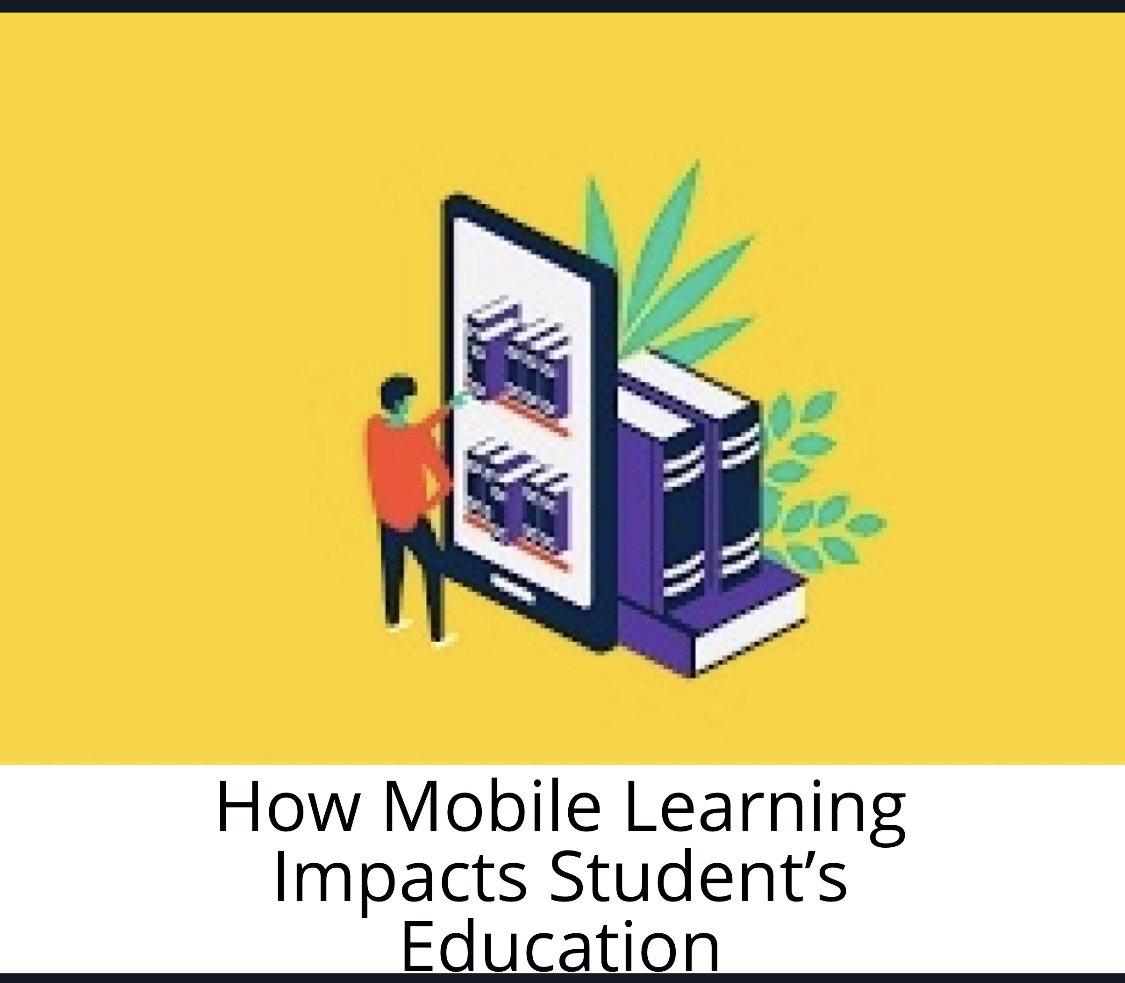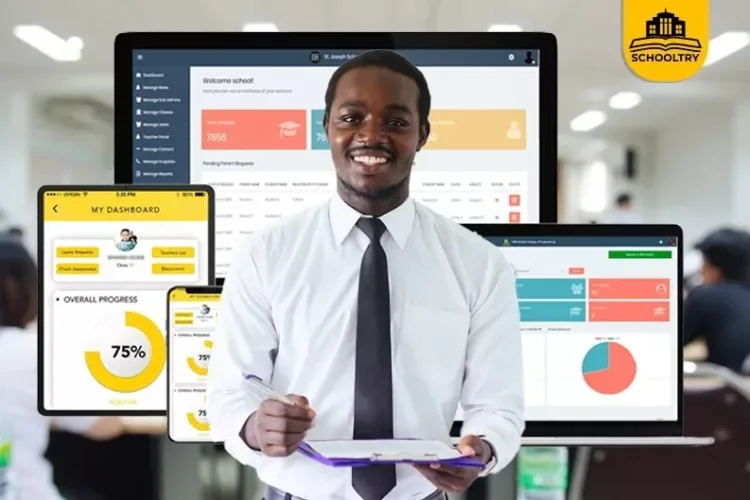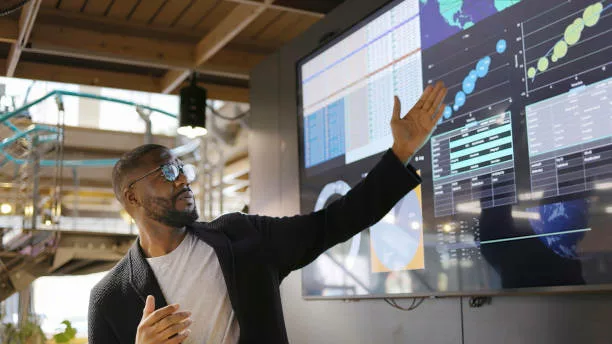Just Like any other form of learning, we can learn about how mobile learning impacts student’s education.
Mobile learning, often known as mLearning, entails the use of personal mobile devices. Such devices include, smartphones, tablets, laptops, and digital notebooks to facilitate learning online.
It is available in various forms since the early 2000s but now has a significant increase in popularity recently due to its convenience. Also, it enables students to access education easily, as long as they have a mobile device.
So now let’s take a look at the concept of mobile learning.
What is Mobile Learning?
M-learning, is a form of distance education where learners use portable devices such as mobile phones to learn anywhere and anytime. The portability that mobile devices provide allows for learning anywhere, hence the term “mobile” in “mobile learning.”
However, M-learning devices include computers, MP3 players, mobile phones, and tablets. It can also be an important part of informal learning.
It is convenient in that it is accessible virtually anywhere. It allows for the instant sharing of feedback and tips since it is often with the internet.
It also offers strong portability by replacing books and notes with small devices filled with useful learning content. Moreover, it has the benefit of being cost-effective, as the price of digital content on tablets is falling sharply in comparison to traditional media such as books, CDs, DVDs, etc. For example, a digital textbook costs one-third to half the price of a paper textbook, with zero marginal cost.
According to Fombona, Pascual-Sevillana, and González-Videgaray, this methodology offers various possibilities, including greater and different access to information. It also introduces significant innovations, such as the increase in informal and playful activities, iconic virtual membership, and networks of friendly interaction within new scales of values.
History of Mobile Learning
The Concepts of m-learning was introduced by Alan Kay in the 1970s. At Xerox Corporation’s Palo Alto Research Center with a group to develop the “Dynabook,” a portable and hands-on personal computer.
Although the aim was to provide children with access to the digital world. However, this project eventually did not pull through due to a lack of technological support at that time.
In 1994, Mitsubishi Electric Corp. created the first smartphone called IBM Simon, which was as a handheld personal communicator. Following this, various technological companies began designing what we now know as “smartphones.” The creation of smartphones laid the foundation for mobile learning, and subsequent innovations in mobile devices. Moreover,mobile learning can be in the realm of projects and research.
Here are some of the ways through which Mobile learning positively impacts student’s Education;
01. Mobile Learning is easily accessible:
Just like every other invention that technology has developed, mlearning devices are widely available and accessible. This allows learners to access educational content anytime and anywhere. The accessibility reduces the problem of time and location. It enables learners to engage in learning activities at home, commuting, or at work
02. It improves student’s performance:
It improves student’s performance through the personalized learning experience available.Mobile apps and platforms can offer more learning experiences, tailoring content and activities to each learner’s individual needs, preferences, and goals.
This form of learning approach enhances the performance of the students during the learning process.It also facilitates microlearning, which involves delivering small, bite-sized pieces of information. With this form of learning, students can gradually improve by learning one bit or one step at a time.
03. It aids student’s social interactions:
The use of a mobile device to learn gives more room for students to connect and interact with their peers.This fosters interaction, knowledge sharing, and social learning, which can enhance overall learning outcomes.
Mobile learning platforms can also provide opportunities for quizzes, assessments, or interactive exercises. This will also help them to improve their social skills.
04. It saves cost:
The use of Mobile apps allows learners to study from any location thereby reducing the cost on transportation. This is especially for those who live far from their place of learning or cannot afford to commute there.
Using mobile learning materials is also cost-effective, Especially when using digital formats like interactive modules, videos, and multimedia. Course materials are easily accessible online which reduces the need for continuous printing and buying of hard copies.
Conclusion
There are a lot of benefits of mobile learning Although just like every other concept, mobile learning also has its own drawbacks but it is important to note that it has positively impacted the overall educational system.
Mobile Learning is now a very important part of our everyday life. It has become a huge source of information and knowledge for many students. Most students do not even have to be in a physical classroom before they can learn.Since Mobile learning is very accessible and always at your fingertips.
If you need an Educational Technology management solution that fits your school’s operations. You can request a free demo of our solution to see how it works. Click here to register for free.




